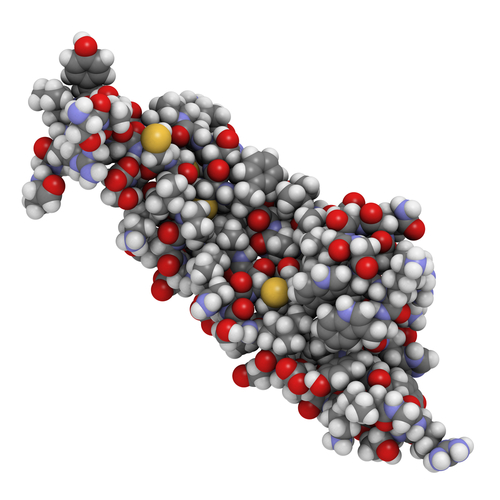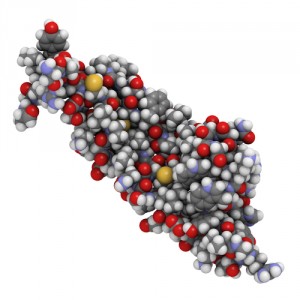Knockdown of Retinoblastoma Enhances Nerve Regeneration in Multiple Sclerosis & Other Diseases

 Nerve cells are notoriously difficult to regenerate, but according to a recent article in Science Daily, a research group from University of Galgary’s Hotchkiss Brain Institute (HBI) has discovered a new way to turn on neural cell growth, which would be beneficial for treating nerve damage commonly found in diseases such as multiple sclerosis, Parkinson’s, and amyotrophic lateral sclerosis (ALS). “We made the surprising discovery that a protein called retinoblastoma (Rb) is present in adult neurons,” said Dr. Doug Zochodne about his team’s research published in Nature Communications. “This protein appears to normally act as a brake – preventing nerve growth. What we have shown is that by inactivating Rb, we can release the brake and coax nerves to grow much faster.”
Nerve cells are notoriously difficult to regenerate, but according to a recent article in Science Daily, a research group from University of Galgary’s Hotchkiss Brain Institute (HBI) has discovered a new way to turn on neural cell growth, which would be beneficial for treating nerve damage commonly found in diseases such as multiple sclerosis, Parkinson’s, and amyotrophic lateral sclerosis (ALS). “We made the surprising discovery that a protein called retinoblastoma (Rb) is present in adult neurons,” said Dr. Doug Zochodne about his team’s research published in Nature Communications. “This protein appears to normally act as a brake – preventing nerve growth. What we have shown is that by inactivating Rb, we can release the brake and coax nerves to grow much faster.”
According to Dr. Zochodne, Rb can be dysfunctional in cancer cells, leading to aberrant cell growth. “So if cancer is able to release this brake and increase cell growth, we thought we’d try to mimic this same action in nerve cells and encourage growth where we want it,” he said in a news release.
To investigate this idea, the research team, which included lead authors Dr. Kimberly J. Christie and Dr. Anand Krishnan, deleted Rb in dorsal root ganglion cells isolated from rats with or without a severed sciatic nerve. The cells showed enhanced neurite outgrowth and branching. When the researchers deleted Rb to the injury site in the rats, they observed the same features of increased axonal outgrowth. No negative results in terms of run-away proliferation and tumor formation were identified, giving the team optimism about future translation to the clinic.
Dr. Zochodne’s laboratory is unique in the field of peripheral nervous system research. No other groups are investigating Rb-knockdown as a means to treat peripheral nerve damage. Peripheral nerves are important to movement and sensation, and when they are damaged, debilitating pain, tingling, numbness, and loss of coordination can result. The implications of Dr. Zochodne’s research might be future therapies to treat peripheral nerve disorders, which will be fueled by work conducted in the Regeneration Unit in Neurobiology at the HBI, which opened in 2010. “The RUN facility has been critical for this research,” said Dr. Zochodne. “It provides the resources and cutting-edge equipment that we need all in one facility. RUN has allowed us to take this idea from nerve cells, to animal models and eventually will help us investigate whether it could be a feasible treatment in humans. It’s an incredible asset.”
[adrotate group=”4″]






